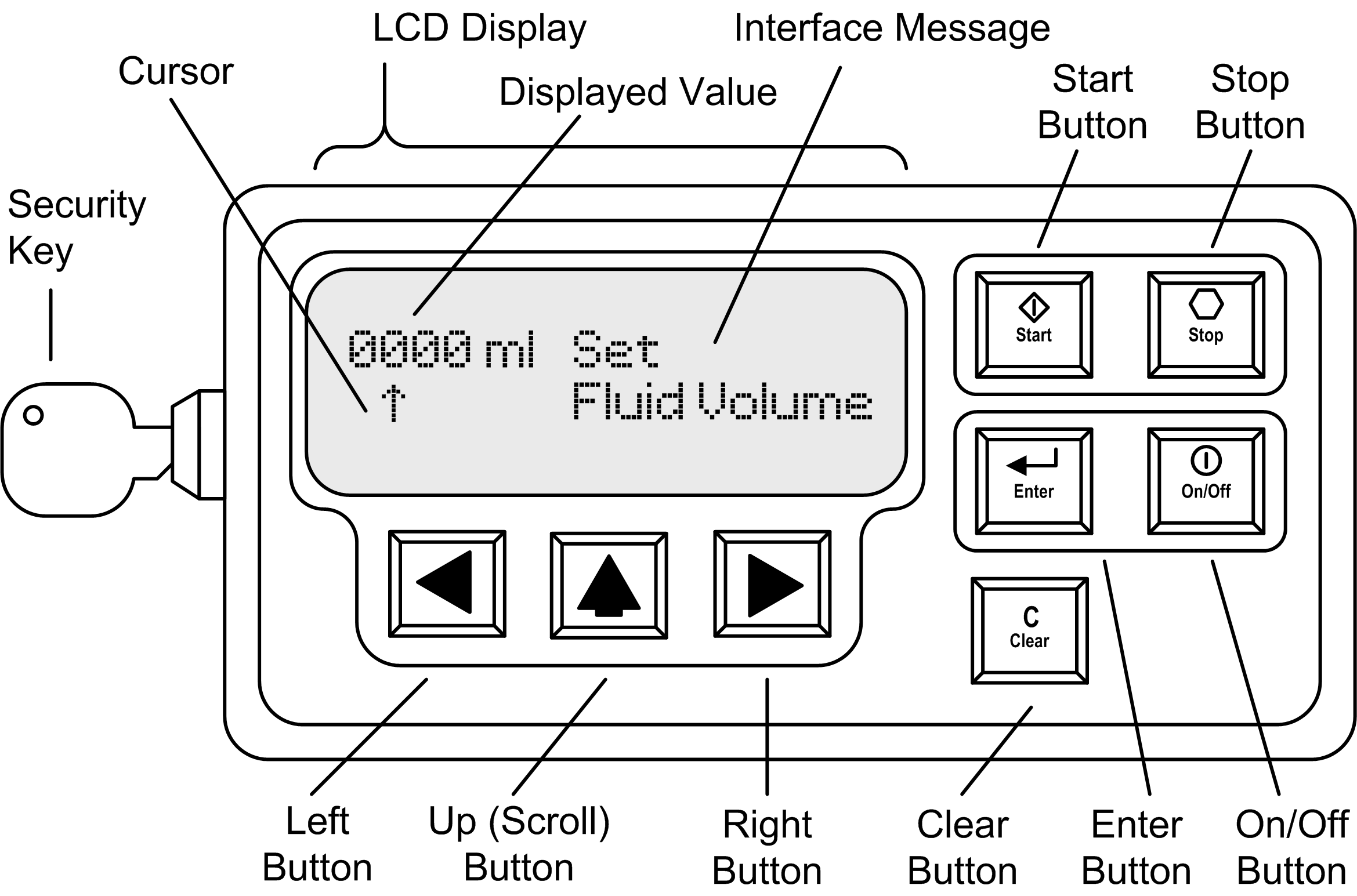Program
Panel Session: Modeling Hurts
Elaboration
When creating systems of humans and machines interacting, there is a tendency to fall into one of two extremes. (1) Treating the human as a source of strategic information who may interact with the machine at a lower level of control, but whose influence at these lower levels must not be allowed to cause the system to deviate from an optimal or near-optimal behavior. (2) Treating the human as an oracle who has total authority to override or veto any decision or action made by the machine.
The problem with each of these two extremes is that they both oversimplify the capability and limitations of one of the principal agents: either the human or the robot. This suggests that an essential element of breaking out of these two extremes is finding appropriate models for what a human and a robot can actually do, as well as an analytic framework for describing how the interactions between the two will evolve over time. Such modeling seems essential if teams of humans and robots are to be able to create the shared mental models that appear to be necessary for highly functioning teams [Fiore].
The problem is that modeling hurts: hurts fuse, hurts to scale; hurts to use, hurts to fail. As this couplet suggests, it is hard to create models (to fuse), it is hard to create models that scale to realistically-sized problems, it is difficult to use models in real systems over an extended duration or to analyze models in a way that makes predictions usable, and, although many models are brittle and break in practice, not doing modeling relies on ad hoc approaches.
The purpose of this panel is to explore the limitations, needs, and possibilities for modeling in human-machine systems.
Organization
- Each panelist starts with 6 minutes for opening statement, with slides.
- 10 minutes: panel members discuss the perspectives shared by the other panelists.
- 10 minutes: Mike asks one or two questions about the difficulty of modeling (where's the computational-physics models of collaborative systems? what are the necessary collaborations to solve the problem? what is the "killer app" for collaborative systems?)
- 20 minutes: questions and responses from audience
- 5 minute break for panelists to gather thoughts
- Each panelist concludes with 5 minutes for a closing statement, with slides if desired.




